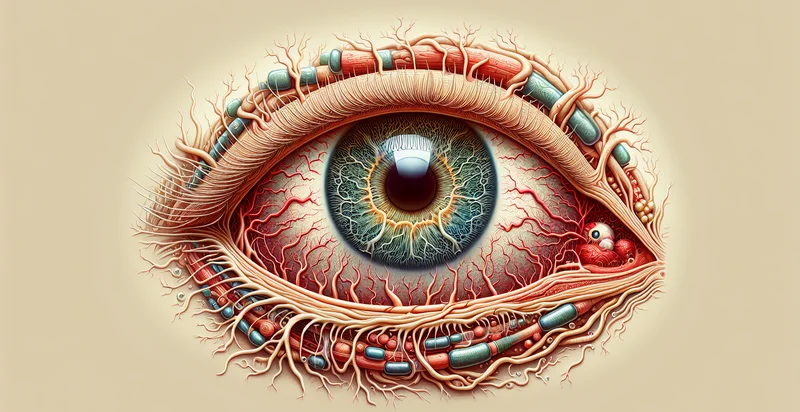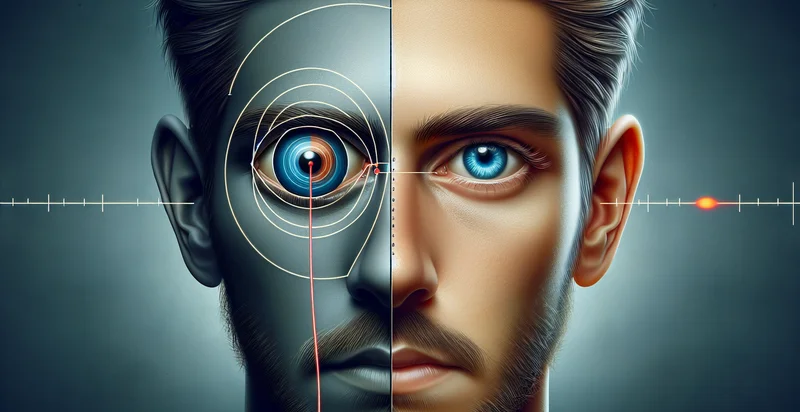Identify eye movements
using AI
Below is a free classifier to identify eye movements. Just upload your image, and our AI will predict the type of eye movement occurring - in just seconds.

Contact us for API access
Or, use Nyckel to build highly-accurate custom classifiers in just minutes. No PhD required.
Get started
import nyckel
credentials = nyckel.Credentials("YOUR_CLIENT_ID", "YOUR_CLIENT_SECRET")
nyckel.invoke("eye-movements", "your_image_url", credentials)
fetch('https://www.nyckel.com/v1/functions/eye-movements/invoke', {
method: 'POST',
headers: {
'Authorization': 'Bearer ' + 'YOUR_BEARER_TOKEN',
'Content-Type': 'application/json',
},
body: JSON.stringify(
{"data": "your_image_url"}
)
})
.then(response => response.json())
.then(data => console.log(data));
curl -X POST \
-H "Content-Type: application/json" \
-H "Authorization: Bearer YOUR_BEARER_TOKEN" \
-d '{"data": "your_image_url"}' \
https://www.nyckel.com/v1/functions/eye-movements/invoke
How this classifier works
To start, upload your image. Our AI tool will then predict the type of eye movement occurring.
This pretrained image model uses a Nyckel-created dataset and has 10 labels, including Disjointed, Erratic, Fixed, Fluttering, Normal, Rapid, Restricted, Slow, Smooth and Staring.
We'll also show a confidence score (the higher the number, the more confident the AI model is around the type of eye movement occurring).
Whether you're just curious or building eye movements detection into your application, we hope our classifier proves helpful.
Related Classifiers
Need to identify eye movements at scale?
Get API or Zapier access to this classifier for free. It's perfect for:
- Mental Health Monitoring: The eye movements identifier can be employed in mental health applications to assess emotional states by analyzing eye movement patterns. Changes in these patterns may indicate stress, anxiety, or depression, enabling therapists to make more informed treatment decisions.
- Market Research: Businesses can utilize the eye movements identifier to gather insights into consumer behavior during product presentations or advertisements. By tracking where and how long participants gaze at different elements, companies can better understand engagement and optimize their marketing strategies accordingly.
- Driver Safety Monitoring: In automotive applications, the eye movements identifier can be integrated into driver assistance systems to monitor attentiveness and detect drowsiness. By analyzing eye movement patterns, the system can alert drivers or take preventative measures to enhance road safety.
- Educational Technology: Educational platforms can integrate the eye movements identifier to assess student engagement during online courses. By measuring attention levels through eye movement analysis, educators can tailor content delivery to improve learning outcomes and retention.
- Telemedicine Consultations: The eye movements identifier can enhance telemedicine by analyzing patients' eye movements during virtual consultations. This technology can provide healthcare providers with additional non-verbal cues about patients' emotions or discomfort, leading to more effective assessments and treatments.
- Gaming Experience Enhancement: In the gaming industry, the eye movements identifier can be used to personalize and enhance user experiences by adapting gameplay based on players' focus areas. This allows for a more immersive experience by providing dynamic game elements that respond to where players are looking.
- Accessibility Solutions: The eye movements identifier can assist in developing advanced accessibility tools for individuals with mobility impairments. By allowing users to control devices or software applications through eye movements, this technology can significantly improve their ability to interact with digital environments.


